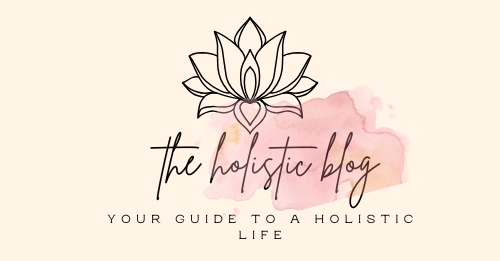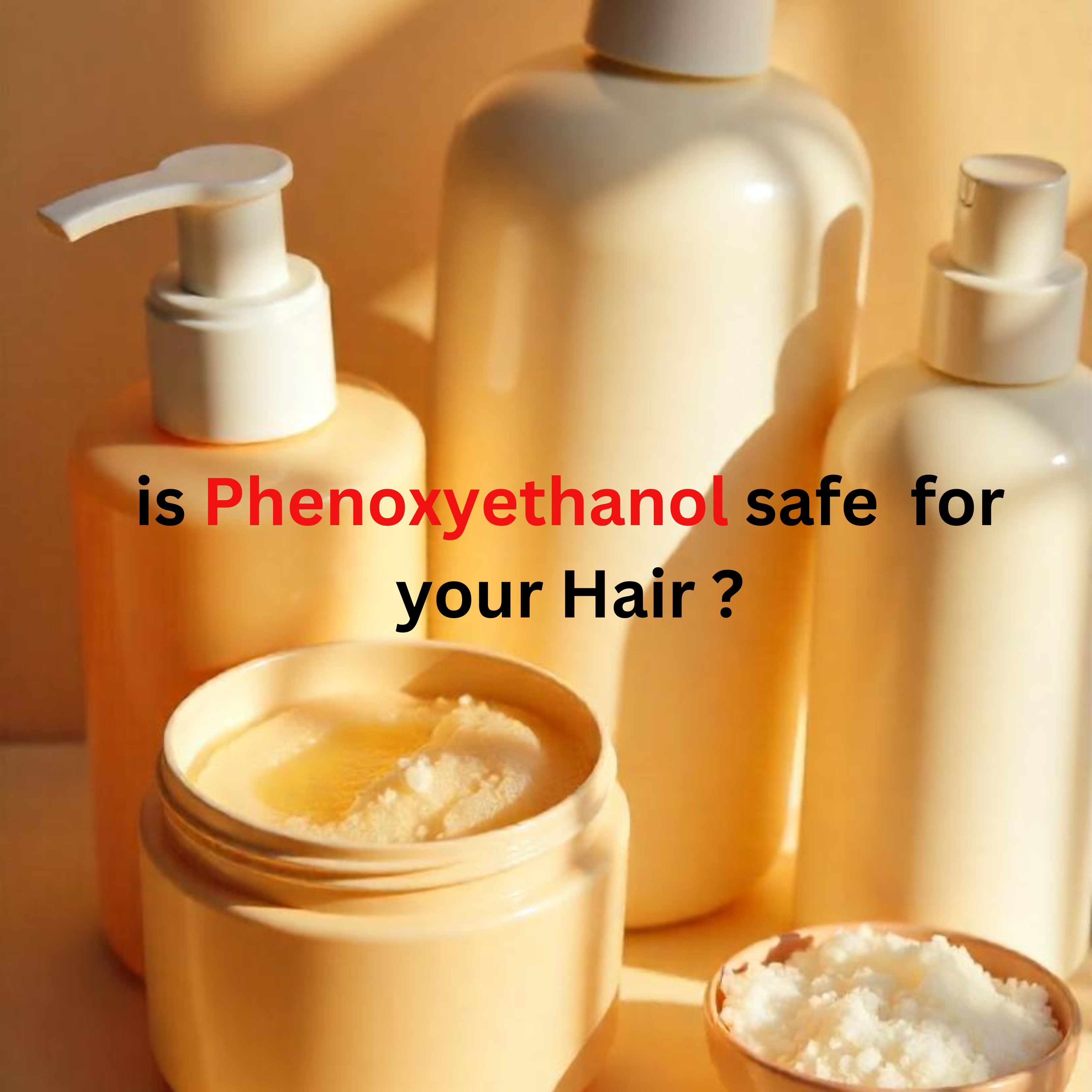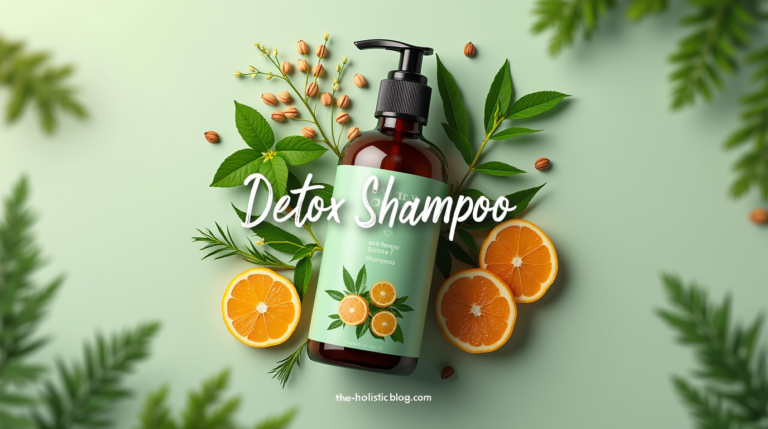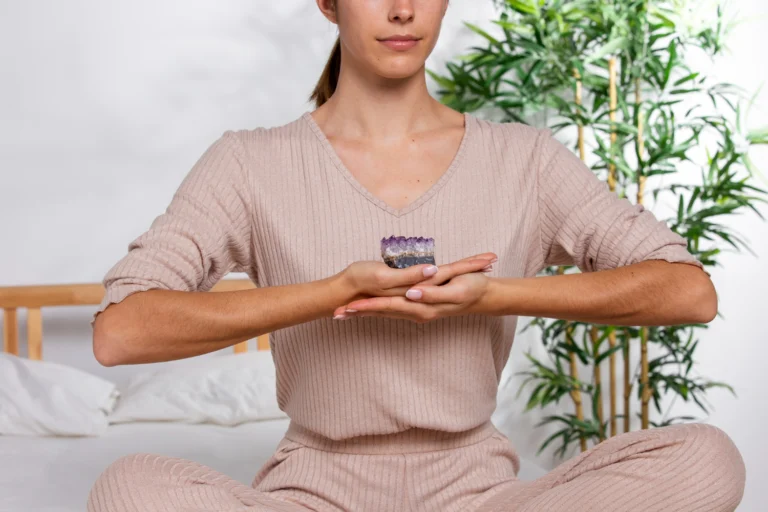Phenoxyethanol for Hair : 3 Hidden risks
Table of Contents
If you’re like most people, you’ve probably checked the ingredient list on your shampoo or conditioner bottle at least once, but have you ever noticed the word “phenoxyethanol” staring back at you? You might not think much of it — after all, it’s just another chemical name, right? But what if I told you that this common ingredient, found in many hair care products, might actually be putting your hair and scalp at risk?
What Is Phenoxyethanol and Why Is It Used in Hair Products?
The Role of Phenoxyethanol in Hair Care Products
Phenoxyethanol is a type of alcohol that serves as a preservative in many cosmetic and personal care products, including those you use for your hair. Its main job is to prevent bacteria, mold, and yeast from growing in products like shampoos, conditioners, and styling gels. In other words, it helps your products stay fresh and safe to use over time.
While it might not seem like a big deal at first, phenoxyethanol is actually a widely used ingredient in the beauty industry, particularly because of its effectiveness as a preservative. It’s often used in concentrations of 0.5% to 1% in most products, but even small amounts can have an impact on your hair and scalp.
Why Is It Common in Hair Care?
Manufacturers choose phenoxyethanol because it works well as a preservative without being too harsh on the formula. It’s relatively inexpensive and has a longer shelf life compared to some natural preservatives, which is why it’s so prevalent in commercial hair care products. This helps hair products maintain their consistency and performance, especially when you’re buying in bulk or keeping products for a long time.
While it may be effective for preserving your favorite shampoo or conditioner, phenoxyethanol is also associated with several potential risks — especially when used regularly.
The Possible Dangers of Phenoxyethanol for Hair and Scalp
Health Risks Linked to Phenoxyethanol in Hair Products
Although phenoxyethanol is generally considered safe at low concentrations, it’s not without its risks. In fact, the very reason phenoxyethanol is used in cosmetics — to prevent bacteria growth — is also the reason it can be harmful to your body.
Allergic Reactions and Skin Sensitivity
If you’ve ever experienced irritation, redness, or dryness on your scalp after using a new product, there’s a chance phenoxyethanol could be the culprit. For some people, this ingredient can cause allergic reactions such as itching, swelling, or even contact dermatitis.
Symptoms of an allergic reaction may include:
- Red, inflamed skin
- Itchy or burning sensation on the scalp
- Dry patches or flaking
- In severe cases, swelling or hives
If any of these symptoms sound familiar, you might want to reconsider using products that contain phenoxyethanol and opt for alternatives that are gentler on your scalp.
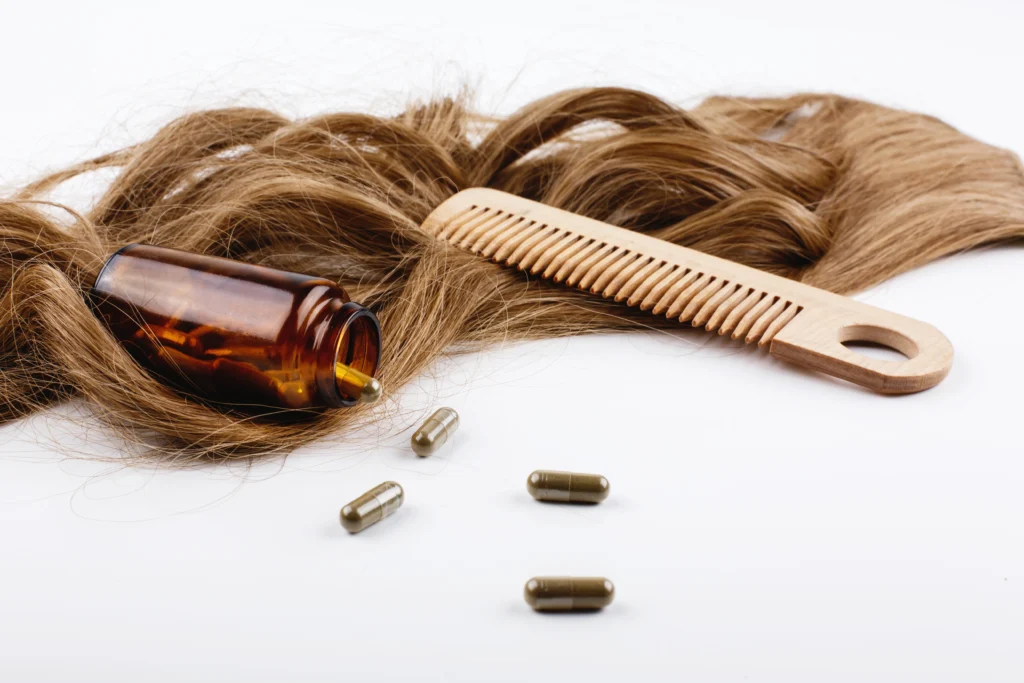
Toxicity and Irritation
Even if you’re not allergic, phenoxyethanol can still cause irritation in certain individuals, especially those with sensitive skin. Over time, the chemical can strip your scalp of its natural oils, leading to dryness, itchiness, and discomfort.
For some, the impact of phenoxyethanol could even go beyond skin irritation, affecting hair health. If you’re noticing that your hair is more brittle, thinner, or breaking easily, it could be due to the long-term effects of this preservative.
Risk for Pregnant Women and Children
If you’re pregnant or planning to be, you might want to think twice before using hair products that contain phenoxyethanol. Research suggests that phenoxyethanol may pose risks in higher concentrations, including potential toxicity during pregnancy.
Young children and infants may also be more vulnerable to phenoxyethanol’s effects. The chemical can irritate their sensitive skin or cause unwanted side effects. So, if you’re caring for young children or expecting, it’s best to choose products that are free from this ingredient.
Systemic Effects of Absorption
Phenoxyethanol isn’t just a surface-level concern. When applied to the skin, small amounts of the chemical can be absorbed into the bloodstream. This raises concerns about its potential long-term impact on your body, particularly when used in high concentrations or over long periods.
There are also studies that suggest phenoxyethanol may have toxic effects on the liver and central nervous system when exposed to high levels. While the risk is typically low in most consumer products, it’s something to consider, especially if you use products containing phenoxyethanol on a daily basis.
How It Affects Hair Health: A Closer Look
Impact on Hair Growth and Scalp Health
Prolonged exposure to phenoxyethanol can disrupt the delicate balance of your scalp, leading to issues like hair thinning or even hair loss. If your scalp is constantly irritated, inflamed, or dry, it can affect the hair follicles and their ability to produce healthy hair.
Some people may notice that their hair starts thinning or shedding more than usual after using products with phenoxyethanol. While it may not be the sole cause, it could contribute to hair problems over time.
Scalp Irritation and Dryness
Another side effect of phenoxyethanol is dryness. The chemical can strip your scalp of its natural oils, leaving it feeling tight and flaky. If your scalp is constantly itchy or flaky, it could be a sign that the preservative is causing unnecessary irritation. Over time, this can lead to even bigger problems, like dandruff, scalp eczema, or psoriasis.
How does it appear on the label of products ?
You might see this ingredient listed in a few ways:
- phenoxyethanol
- ethylene glycol monophenyl ether
- 2-Phenoxyethanol
- PhE
- dowanol
- arosol
- phenoxetol
- rose ether
- phenoxyethyl alcohol
- beta-hydroxyethyl phenyl ether
- euxyl K® 400, a mixture of Phenoxyethanol and 1,2-dibromo-2,4-dicyanobutane
Natural and safe Alternatives
Fortunately, there are alternatives to phenoxyethanol that don’t carry the same risks. If you’re looking for safer, more natural options, here are some ingredients to watch for :
- Essential oils (e.g., rosemary, tea tree, lavender) – These oils not only provide natural preservatives but also have beneficial properties for hair and scalp health.
- Vitamin E – A natural antioxidant that can help preserve products without harmful chemicals.
- Grapefruit seed extract – Another natural alternative that has antibacterial and preservative qualities.
Conclusion:
When it comes to your hair, your health should always come first. While phenoxyethanol is widely used in the beauty industry for its preservative properties, the potential risks it poses to your scalp and hair health shouldn’t be ignored. From allergic reactions and scalp irritation to long-term health concerns, there are good reasons to reconsider using products with phenoxyethanol.
By becoming more aware of the ingredients in your hair care products and opting for natural, phenoxyethanol-free alternatives, you can help protect your hair and keep it looking its best. After all, healthy hair starts with healthy ingredients.
So, the next time you pick up your shampoo, take a moment to check the label — your hair will thank you for it.
FAQ – Frequently Asked Questions
What Is the Maximum Safe Amount of Phenoxyethanol in Hair Products?
The FDA recommends that phenoxyethanol concentrations be limited to 1% in cosmetic products, which is generally considered safe. However, some individuals with sensitive skin may still experience reactions.
Can Phenoxyethanol Cause Hair Loss?
While there is no direct evidence linking phenoxyethanol to hair loss, it can cause scalp irritation and dryness, which may indirectly contribute to thinning or shedding.
How Can I Avoid Phenoxyethanol in Hair Products?
Check ingredient labels for “Phenoxyethanol” or “Ethylene Glycol Monophenyl Ether.” Choose natural hair care brands that use safer preservatives like essential oils or vitamin E.
Is Phenoxyethanol Safe for Sensitive Scalps?
For individuals with sensitive scalps, phenoxyethanol can cause irritation or allergic reactions. It’s best to opt for gentler, natural hair care options that are free from this ingredient.
